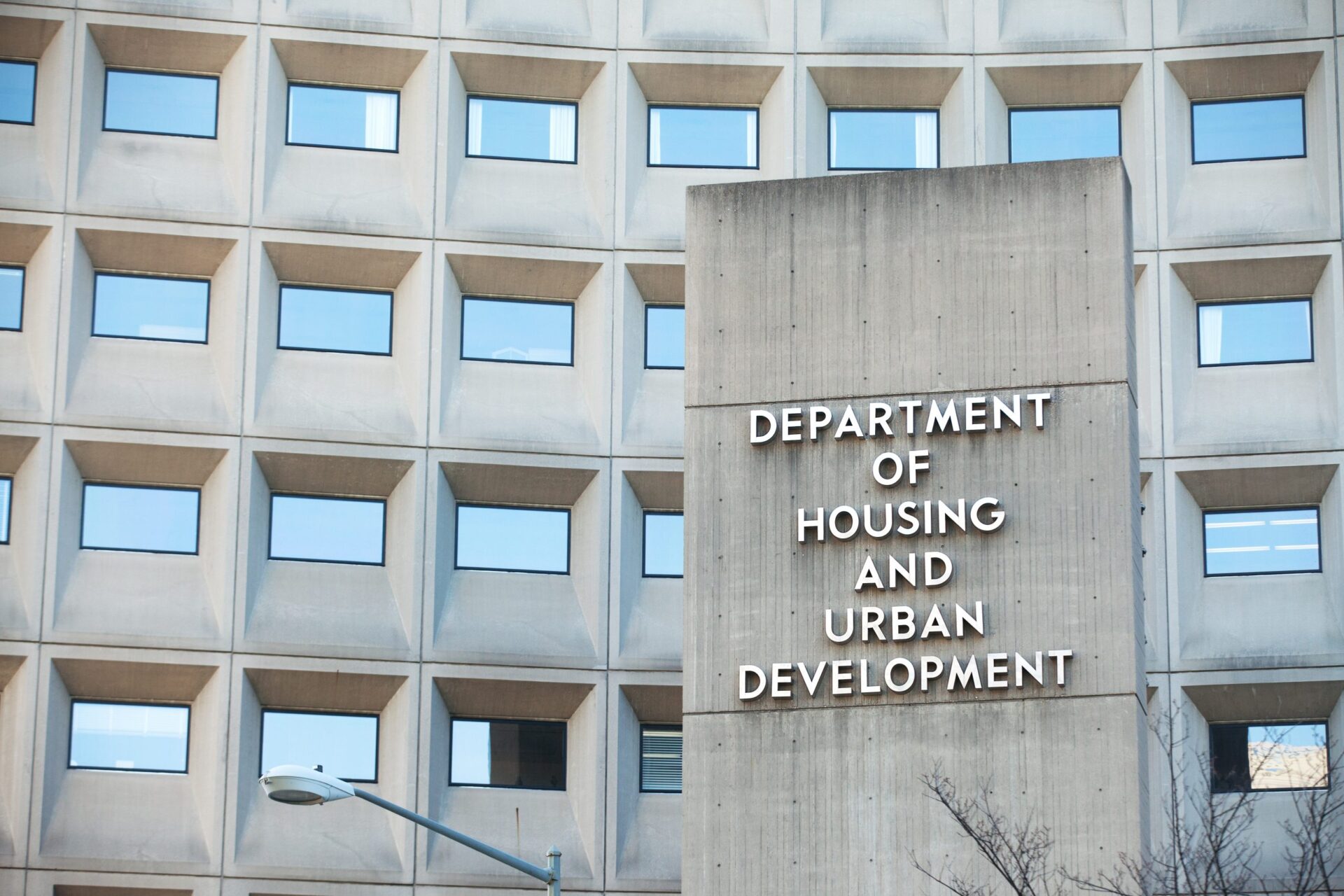The watchdog at the U.S. Department of Housing and Urban Development is accusing mortgage lenders of providing “incomplete, inconsistent, dated and unclear guidance” to borrowers seeking relief from mortgage payments during the coronavirus pandemic.
Brian T. Pattison, the assistant Inspector General at HUD, reviewed the websites for 30 lenders who have loans insured by the Federal Housing Administration to determine if they were effectively communicating about forbearance opportunities available to borrowers.
Pattison concluded, “Lack of clear and consistent guidance from FHA servicers and enforcement by FHA of that guidance allows servicers to leave struggling homeowners unable to make informed decisions about paying their mortgages and relief that may be available to them during this pandemic.”
Pattison’s report did not name the companies, which make up more than 90 percent of all FHA loans.
The $2 trillion CARES Act includes a moratorium on foreclosures and the right to forbearance. Forbearance allows borrowers with a federally backed mortgage to put off payments for at least 180 days if they suffer economic hardship during the pandemic. At the end of the 180 days, they can request a second 180 days.
Pattison noted that the CARES Act does not specify the terms by which borrowers must repay amounts not paid during the forbearance period, but FHA has issued guidance that borrowers will not be required to make up the missed payments in a lump sum at the end of the forbearance period.
Specifically, Pattison’s report found that:
Missing Information. Not all servers’ websites provided readily accessible information about forbearance, including 10 that did not have information available on publicly facing sites. One servicer did not mention forbearance as an option and instead listed other options, including a short sale or refinancing.
Inconsistent Information. Servicers’ websites provided inconsistent information about durations of forbearances, including 14 that did not provide information on the duration of the initial forbearance period at all. Others had periods ranging from 90 days to 180 days to up to a year.
Dated Material. Some servicers’ website information was dated prior to enactment of the CARES Act, did not specifically meet the mandates of the Act, or indicated that they were awaiting further guidance from the government.
Lump Sums. Several servicers’ gave the impression that lump sum payments would be required at the end of the forbearance period, rather than having payments added on to the back of the loan or other options.
The Mortgage Bankers Association said Monday that 6.99 percent of all mortgages were in forbearance as of April 19, including 10 percent of all FHA and VA loans.
“In light of the findings outlined above, HUD OIG plans to initiate additional work related to forbearance offered by FHA servicers under the CARES Act,” Pattison said in his report.
